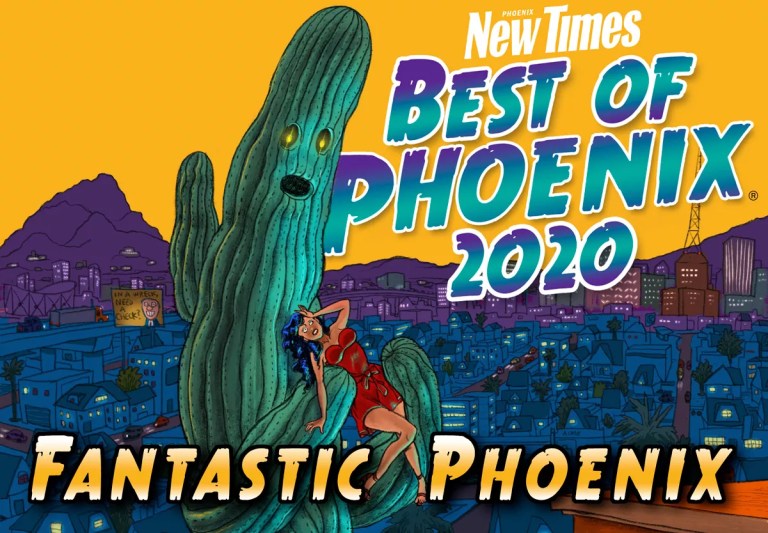Best Art Museum
You won’t find big blockbuster exhibitions at Mesa Contemporary Arts Museum. Instead, you’ll find smaller-scale exhibits by artists, many of them local to Arizona, that nevertheless pack a powerful punch. Recent exhibits featured fine art pinatas with a medieval twist made by Roberto Benavidez, and Kazuma Sambe’s ceramic pieces exploring the intersection of advertising with the international food industry. The museum holds season openings that draw a diverse crowd for music, art, small bites, and lively conversation. And it’s part of the vibrant Mesa Arts Center campus, where people can expand their art horizons via its busy schedule of performances, festivals, classes, and art demonstrations.

